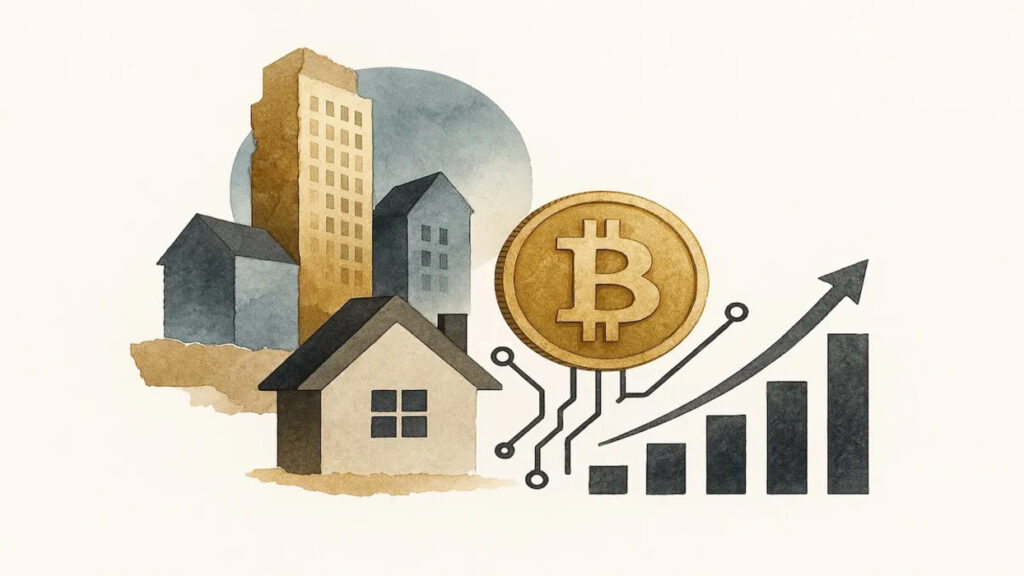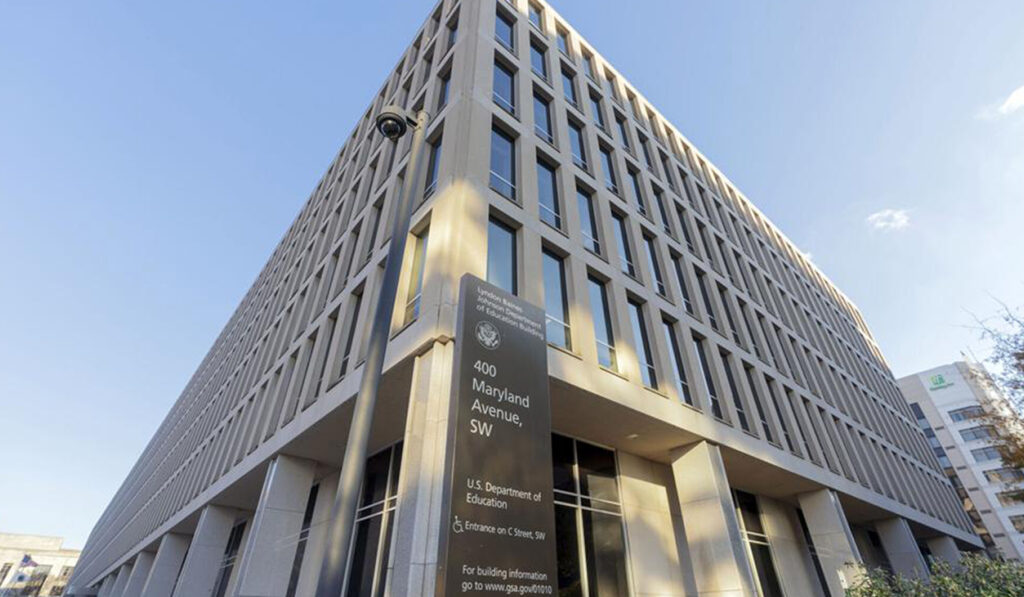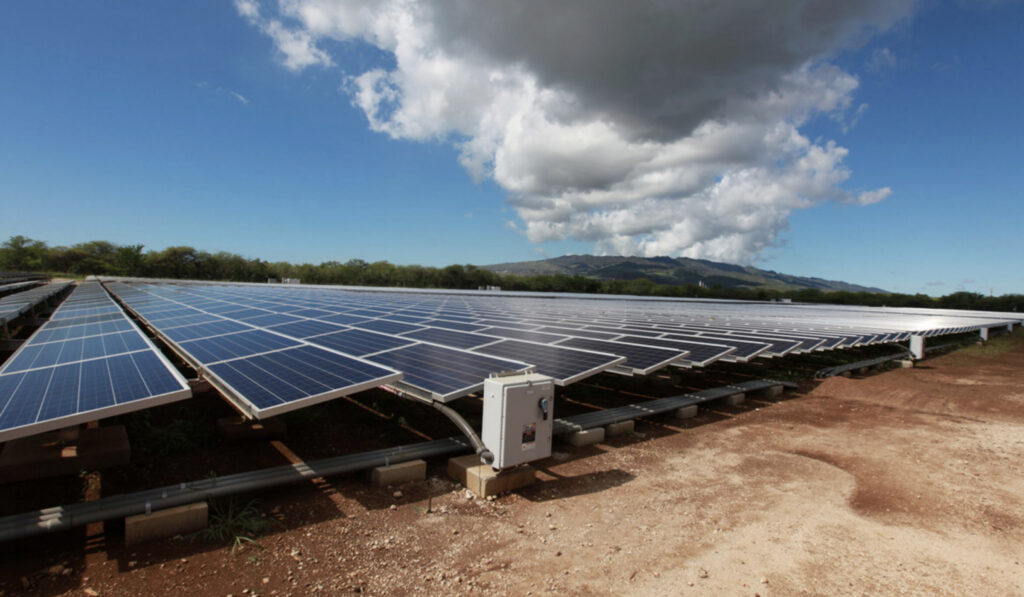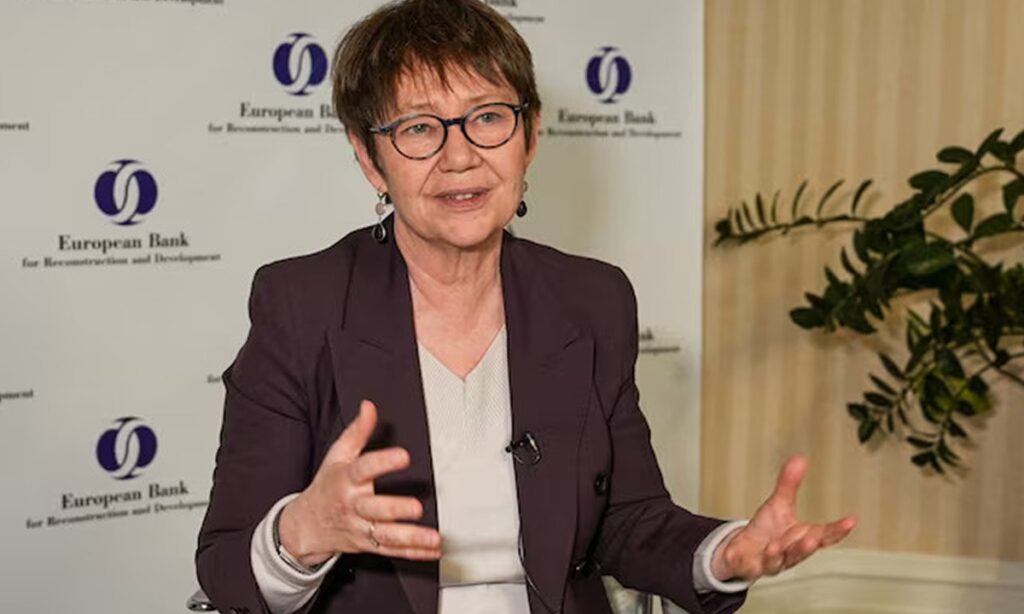
The United States is on the move again. Cranes are rising along the East Coast, permits are being filed at record pace, and billions of dollars are flowing through state budgets and private capital stacks. These are not just random infrastructure fixes. They are deliberate moves, reflecting a renewed push by the federal government to rewire how America builds, powers, and protects itself. From the remains of a collapsed bridge in Maryland to the powerful winds off Long Island’s coast, a new economic story is unfolding and it’s one that investors and citizens alike are watching closely.
In late March 2024, tragedy struck Baltimore. A massive cargo ship lost control and collided with the Francis Scott Key Bridge, sending it crumbling into the Patapsco River. The loss was more than structural. It disrupted major shipping routes, hurt the local economy, and stunned the country. The Biden administration and Maryland’s Governor Wes Moore responded quickly. Within months, Congress passed emergency funding as part of a larger relief bill, securing nearly two billion dollars to rebuild the bridge from the ground up.
Unlike past projects bogged down by red tape and budget shortfalls, this one is different. The funds are locked in, construction teams are hired, and pre-construction began in early 2025. The new bridge, which will use a cable-stayed design and stand higher than the original, is expected to open in late 2028. What makes this project especially important is how it’s being financed. Most of the funding comes from federal disaster programs, which means Maryland taxpayers won’t see their bills go up. For the financial sector, this translates into stable municipal bond opportunities with minimal political risk.
The project relies on federal disaster funds, locking in bond markets and undergirding municipal issuance, and secured disaster relief funding now regarded as “locked away and secure”. As bond sales progress, investors can expect stable returns from state-backed general obligation and special revenue financing with minimal political volatility.
Zooming out, this project is part of a much larger trend. The American Society of Civil Engineers recently estimated that the country needs over nine trillion dollars to fix and modernize its infrastructure by 2033. At current rates, we’re on track to invest just over five trillion, leaving a funding gap of nearly 3.7 trillion dollars.
To close that gap, Washington has been relying on legislation like the Infrastructure Investment and Jobs Act and the Inflation Reduction Act. According to Axios, this combination of public and private capital is creating a new class of investment opportunities, particularly in areas like renewable energy, water management, and digital infrastructure.
For example, a recent executive order from President Biden directs federal agencies to fast-track the development of artificial intelligence infrastructure. That includes new energy grids, upgraded broadband lines, and large data centers across the country. Business Insider reports that this move is already drawing interest from tech investors and infrastructure funds eager to capitalize on the intersection of energy and AI.
Meanwhile, the Department of Energy’s Loan Programs Office is adjusting its focus. No longer tied solely to green projects, it’s now open to financing oil, gas, nuclear, and other energy forms—creating even more opportunities for diverse investments.
What It All Means for the Markets
So where should investors be looking in this new build-and-grow era? The answer depends on your strategy. Municipal bonds tied to federal infrastructure projects are becoming increasingly attractive thanks to their lower risk and tax-free income. Long-dated green bonds related to renewable energy and public utilities are also drawing attention. And for those betting on technology’s continued rise, infrastructure ETFs focused on data centers, electric grids, and clean energy transmission are poised for growth.
Nuclear energy is quietly making a comeback too. As the Department of Energy opens its books to next-generation nuclear projects, investors may find long-term gains in this once-controversial sector. America is not just fixing potholes anymore. It’s rebuilding bridges, capturing wind, upgrading its digital backbone, and changing the face of its energy economy. For investors, these projects offer more than just returns.

Bella Richardson is a dedicated journalist and news analyst known for her clear, thoughtful reporting and her ability to make complex stories accessible to a broad audience. With a Master of Science in Mass Communication, she brings both academic insight and real-world experience to her coverage of breaking news and trending topics throughout the United States.






